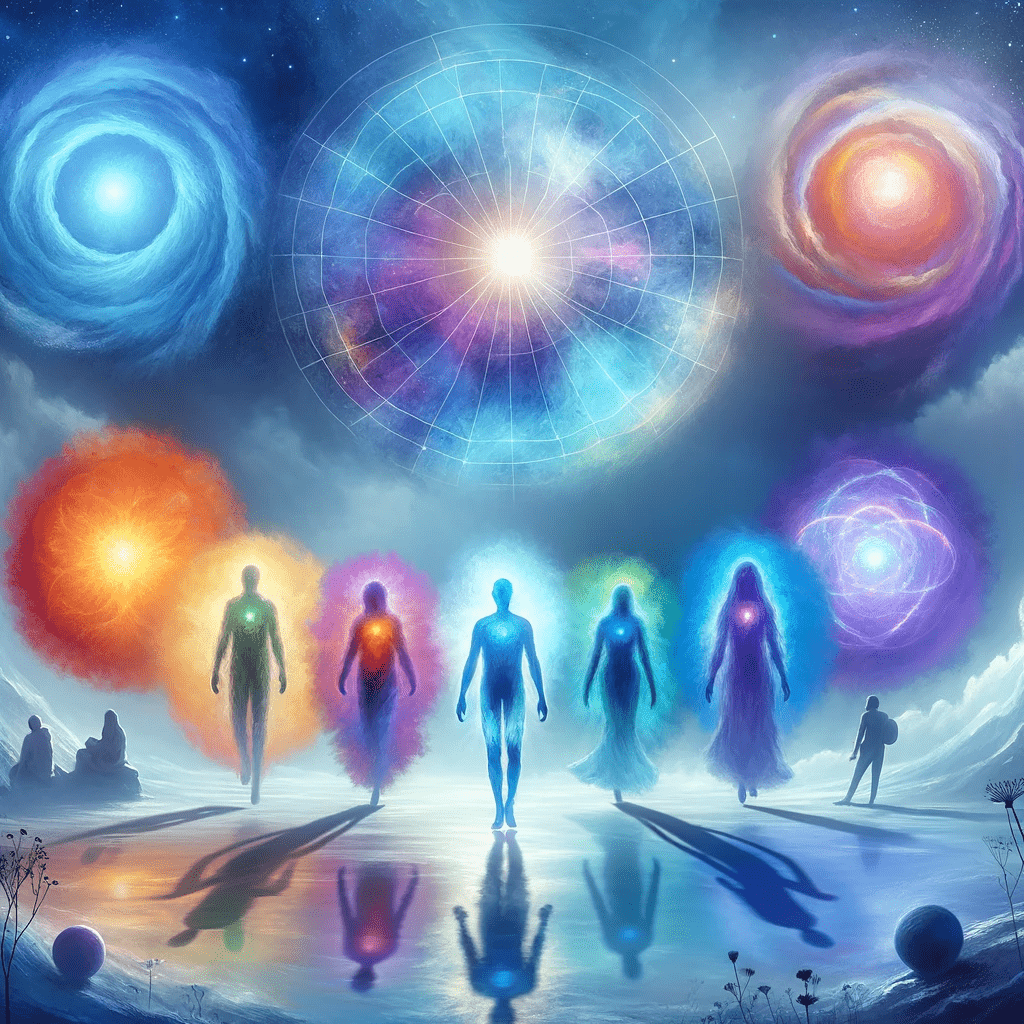Understanding Your Life Through Color

Nancy Ann Tappe’s “Understanding Your Life Through Color” looks into the intriguing world of auras, energy, and how color is intrinsically linked to our spiritual and emotional states. While many view the world in terms of physical matter and tangible evidence, Tappe proposes a perspective where color plays a crucial role in understanding one’s life journey, past, present, and future. The book contains a wealth of knowledge and insights, and the following are its primary takeaways:
1. The Concept of Life Colors: Tappe introduces the idea that every individual possesses a “life color,” which remains constant throughout their lifetime. This color provides insight into one’s core being, potential life challenges, strengths, and purposes.
2. The Indigo Phenomenon: Perhaps the most well-known aspect of Tappe’s work, she identifies a subset of children born with an indigo aura. These “Indigo Children” are believed to be spiritually evolved, bearing distinct characteristics such as intuition, strong will, and a tendency to challenge established systems.
3. Color Interpretation: Tappe describes the significance of different colors seen in auras:
- Red: Vitality, strength, passionate, and grounded.
- Orange: Creative, adventurous, and analytical.
- Yellow: Enthusiastic, playful, and easy-going.
- Green: Healing, peaceful, and growth-oriented.
- Blue: Calm, communicative, and nurturing.
- Violet: Visionary, charismatic, and spiritual.
- Indigo: Intuitive, sensitive, and revolutionary.
4. Changing Auras: While a person’s life color remains constant, the colors in their aura can change depending on emotional states, health, environment, and other transient factors. Tappe looks into how understanding these fluctuations can help individuals navigate challenges.
5. Synesthesia as a Tool: Tappe’s unique neurological condition, synesthesia, enables her to perceive colors when she hears specific sounds or voices. She leverages this to gain insights into people’s life colors and emotional states.
- Nancy Ann Tappe: Tappe’s personal journey and experiences as a synesthete and psychic form the foundation of the book.
- Indigo Children: The numerous anecdotes and stories of the indigo children give life to Tappe’s claims, providing evidence for the existence of these spiritually advanced beings.
Diving into the world of Indigo Children and Adults, several authors have explored their unique characteristics, challenges, and impact on society. Here’s a look at four notable books on the subject, each offering a different perspective on the Indigo phenomenon.
- “The Indigo Children: The New Kids Have Arrived” by Lee Carroll and Jan Tober: This book expands on the concept of Indigo Children, presenting them as a new evolution of humanity. Through numerous accounts, the authors describe the unique behavioral patterns of these children and offer guidance on how to nurture and understand them.
- “An Indigo Celebration: More Messages, Stories, and Insights from the Indigo Children” by Lee Carroll and Jan Tober: Serving as a sequel to their previous work, this book celebrates the Indigo phenomenon, providing more stories and emphasizing the positive impact these children have on our world.
- “The Care and Feeding of Indigo Children” by Doreen Virtue: Virtue’s work focuses on the practical aspects of raising Indigo Children. She offers insights into their dietary needs, educational challenges, and how parents and teachers can best support these unique individuals.
- “Indigo Adults: Understanding Who You Are and What You Can Become” by Kabir Jaffe and Ritama Davidson: Transitioning from children to adults, this book examines how the qualities of Indigos manifest in adulthood. It serves as a guide for those who identify with the Indigo phenomenon to understand their life purpose and challenges.
The concepts of Indigo Children and “Star Seeds” (or “Star Children”) often overlap in New Age and metaphysical circles. Here’s a general idea of how they’re related based on broader interpretations and discussions:
Indigo Children:
- Introduced by Nancy Ann Tappe, the concept refers to children born with an indigo-colored aura.
- Believed to be spiritually evolved, these children are thought to possess unique characteristics such as strong intuition, willfulness, and a tendency to challenge established systems.
- Their mission is often seen as one to break down old structures and ways of thinking to make way for a more enlightened and harmonious world.
Star Seeds (or Star Children):
- Star Seeds are individuals believed to have originated from other planets, star systems, galaxies, or dimensions and incarnated on Earth.
- They are thought to be here to assist Earth and humanity in its evolutionary and spiritual journey.
- Star Seeds often feel a deep connection to space or have a strong feeling that Earth is not their “true” home.
- Like Indigo Children, Star Seeds may feel out of place in conventional systems and might challenge established norms.
The Connection:
- Both Indigo Children and Star Seeds are seen as beings with a specific mission or purpose to bring about positive change and spiritual evolution to Earth.
- Both groups are described as having heightened intuition, sensitivity, and a feeling of being “different” from others.
- In New Age discussions, there’s often an overlap, with some suggesting that many Indigo Children might be Star Seeds and vice versa. They’re both seen as harbingers of a new age of spiritual awakening and transformation.
While Nancy Ann Tappe introduced the concept of Indigo Children, the idea of Star Seeds has been explored and expanded upon by various authors and spiritual teachers in different works. Though both concepts exist in similar spiritual realms, they have distinct origins and characteristics.
“Understanding Your Life Through Color” by Nancy Ann Tappe serves as a foundational text for those intrigued by the world of auras and spiritual color interpretations. Tappe’s unique perspective, backed by her experiences as a synesthete, offers readers a new lens through which they can view themselves and others.


